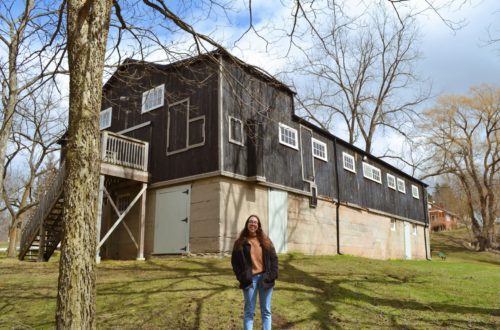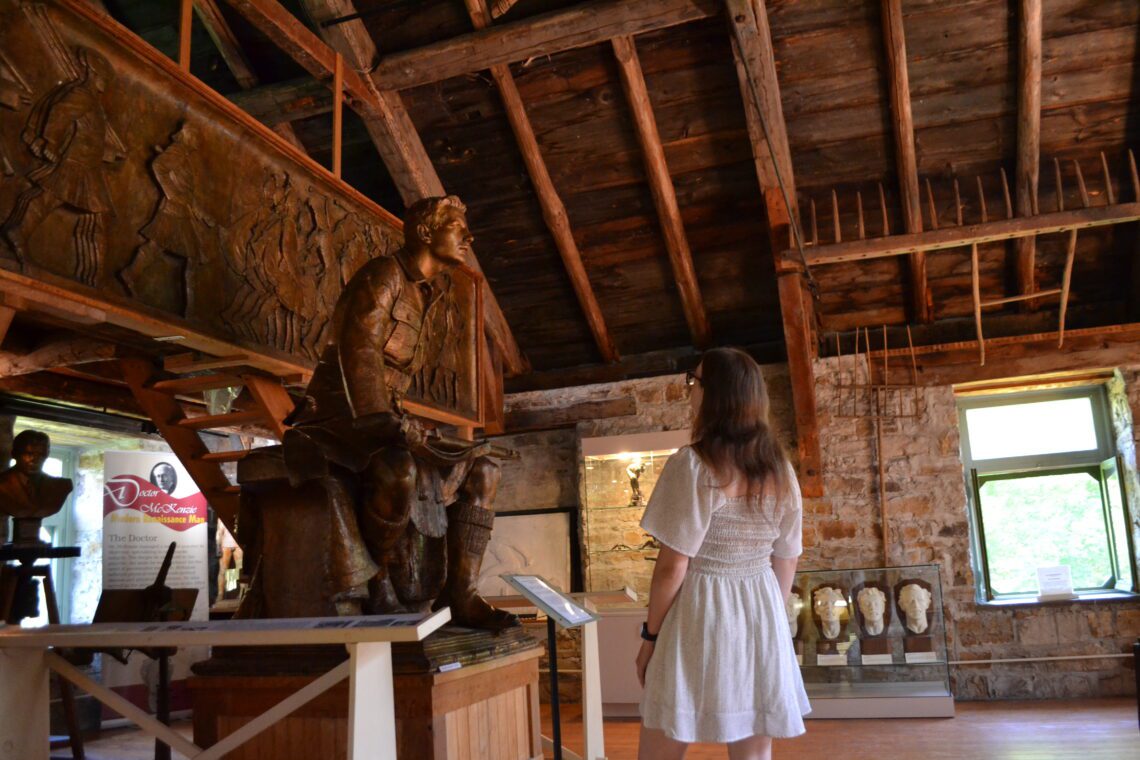
Almonte, Ontario
Lanark County, est. 6,098 residents
Almonte, Ontario, is a stunning town known for its textile history and scenic natural wonders. The area was originally the home of the Algonquin Anishinaabe before European settlers arrived. Archaeological evidence has suggested that the Anishnaabeg had been hunting, fishing, and subsisting on the land of the Mississippi Valley for thousands of years.
In 1819, David Shepherd became the region’s first European settler when he obtained a Crown grant of land and began construction on a grist mill and sawmill. When this venture failed after a fire destroyed the sawmill, the Crown regranted the land of Shepherd’s Falls to Daniel Shipman.
Time for a Name Change
By 1824, the community became known as Shipman’s Mills as Shipman and several other settlers quickly developed grist and sawmills. They also added a blacksmith’s shop, school, hotel and distillery over the next few years.
In 1850, two town plots had been laid out in the area — “Victoria” by Edward Mitcheson and “Ramsayville” by Daniel Shipman. The plots were combined in 1853 as “Waterford,” but later changed after the federal post office pointed out there was already a Waterford in Southwestern Ontario. The town was told the name would have to change yet again.
Despite the community being made up of mainly Irish and Scottish settlers, locals looked south of the border for inspiration for the new name. They decided to name the town Almonte after General Juan Almonte (pronounced al-MON-tay), a diplomat and Mexico’s ambassador to the United States. At the time, relations between Canada and the United States were low, especially in Ontario. The province had seen many Loyalists — Americans whose sympathies for England prompted them to flee northward during and after the Revolution — move to the area, which caused an ongoing suspicion in many Canadians that the United States wasn’t over this migration.
During the 1840s, the United States attempted several military incursions into Mexico and along the Mexican border. The border skirmishes were seen by Mexicans as an unprovoked land grab, which worried many Canadians. When these altercations erupted, General Almonte was hastily recalled to Mexico and served with distinction in the field against the invading U.S. forces. He was taken prisoner, released, and died in 1869, but lauded by the English press as “a kindly and accomplished gentleman.”
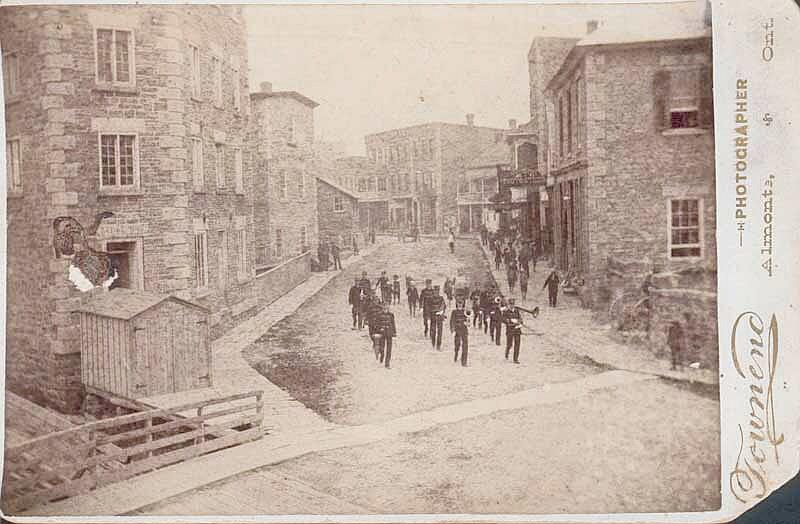

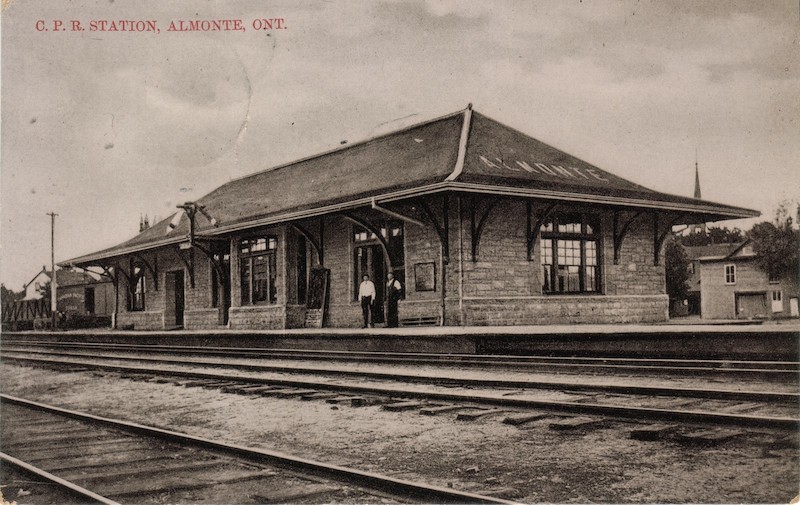
To honour the general, the loyal British citizens felt that General Almonte was an admirable public figure and agreed to name the town Almonte, pronounced the English way rather than the Spanish way.
By 1871, Almonte was an incorporated village and boasted around 30 stores and nearly 40 other businesses. At the time, the most prosperous and important industry in the area was the textile mills that brought Almonte its reputation as “The Manchester of North America.”
The Textile Industry
When early settlers arrived in the Mississippi Valley, crop failure was a frequent occurrence. The first wave of immigrants arrived from Scotland in 1820 and struggled to become self-supporting. When a second wave of Irish immigrants arrived three years later, many were disappointed by their land plots, as the majority of good land had already been taken. This brought the settlers to the future site of Almonte and with them, various skills in association with textiles.
James Rosamond moved to the Mississippi Valley in the 1830s and decided to purchase a number of businesses, in particular mills. The area was known for its great quantities of water and the large number of inhabitants who had experience with textile mills. Rosamond, an Irish immigrant, began his first woolen production by importing a carding machine from England that relied on the river and a paddle wheel to generate power. Farmers would bring their wool to have it carded, which they could then keep or sell to Rosamond’s business.
As the textile industry grew in the Mississippi Valley region, so did the advancement of mill technology. Soon, water turbine machinery was introduced, which increased productivity. Also, equipment became more automated. By the 1850s, the Mississippi Valley had become one of the largest woolen manufacturing regions in all of Canada.
In 1859, things only got better as the Brockville and Ottawa Railway was built in Almonte. This rail line benefited the area immensely by improving accessibility and expanding the textile industry. Goods could now be shipped to other parts of Canada, and it was significantly easier to import different textile fibres.
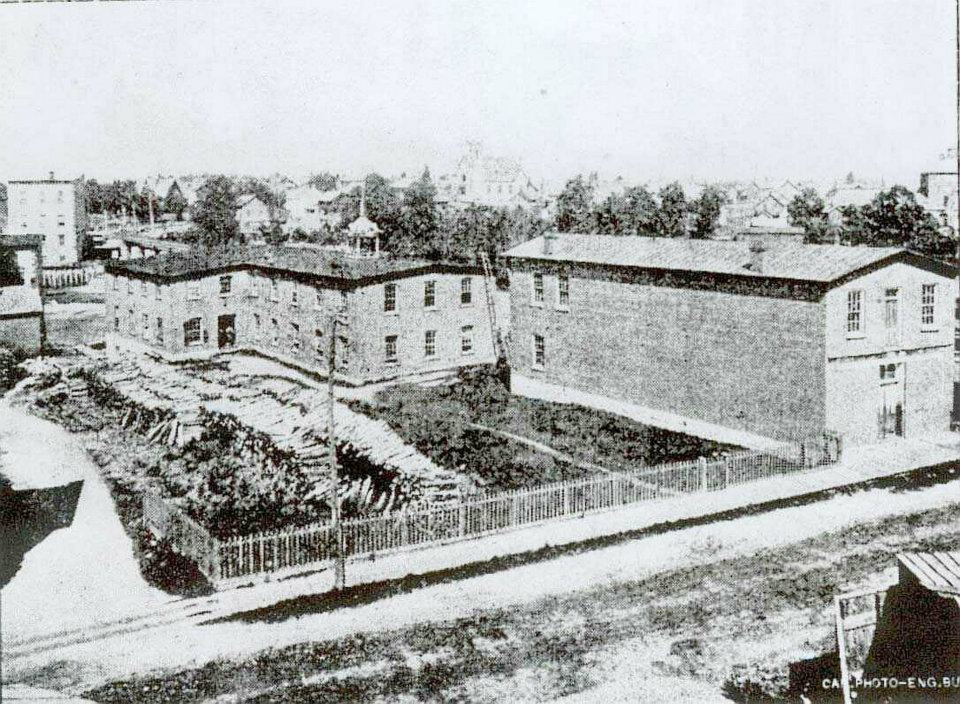
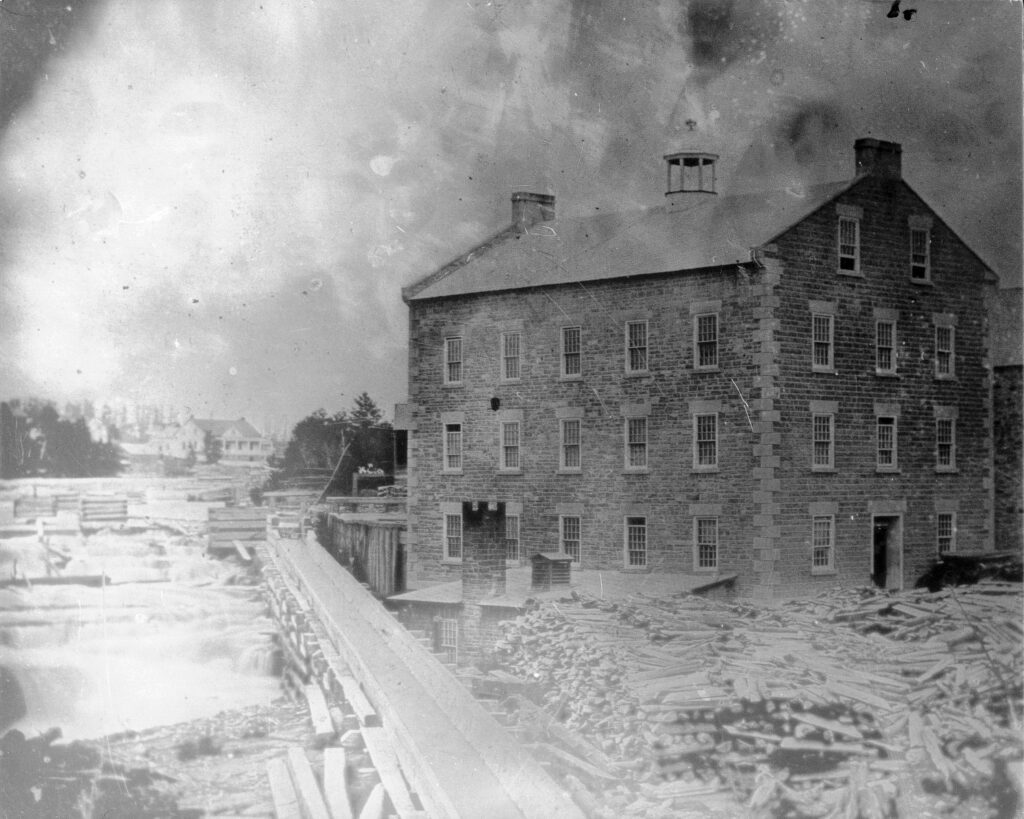

Rosamond started building the No. 1 Rosamond in 1866. The businessman capitalized on the waterpower available near the falls in Almonte and was able to complete construction of the mill a year later. After construction was finished, the Rosamond Woolen Company had two woolen factories in the area, which produced around 300,000 pounds of finished goods annually.
By the turn of the century, Almonte was home to 10 woolen mills, each operating with over 120 workers, with No. 1 Rosamond employing an astonishing 400. At the time, approximately 1,600 of the 3,000 residents of Almonte worked in the textile industry. While the pay was low and the work was potentially hazardous, it provided a livelihood at a time when jobs were scarce.
Both World Wars helped the textile industry succeed. The Rosamond Woolen Company secured contracts to make uniforms, blankets and parachutes for the soldiers, which provided steady work throughout the war. During this era, women took over many of the factory jobs as most men were shipped overseas to fight in the war.
The No. 1 Rosamond remained under the Rosamond family name until 1944. It then went through a series of different mill owners as Canadian textile mills could no longer compete with cheaper foreign producers. Mills in the Mississippi Valley slowly began closing or were converted for other uses. In 1965, the No. 1 Rosamond was changed to Zephyr Textiles Ltd. Then, in 1978, Zephyr Textiles Ltd. changed ownership to Collie Woollen Mills, which eventually closed its doors in 1987, becoming one of the last textile mills in the area.
Almonte Today
The Mill of Kintail Conservation Area and Museum is a wonderful oasis filled with treasured pieces of local history and culture. The 154-acre green space offers seven hiking trails that travel through fields, forests and streams.
Originally built in 1830 for use as a grist mill, the museum has been owned and operated by the Mississippi Valley Conservation Authority since 1972 and has become an integral part of the Mill of Kintail Conservation Area.
As well as displaying local history, the museum is also home to the Dr. Robert Tait McKenzie and Dr. James Naismith collections. Upon returning to Canada in 1930, McKenzie discovered the mill and purchased it for $10,000. It was renovated and transformed into the physician’s summer home and sculpture studio, where Naismith would often visit. The pair had a special bond as they were both born and raised in Lanark County and would go on to receive international recognition.
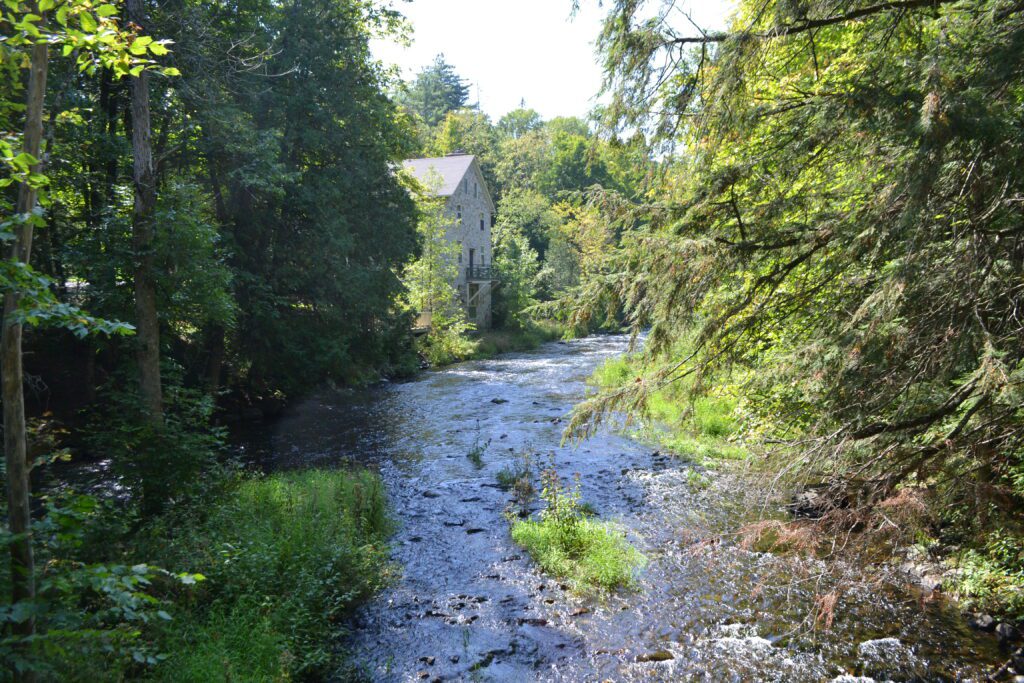
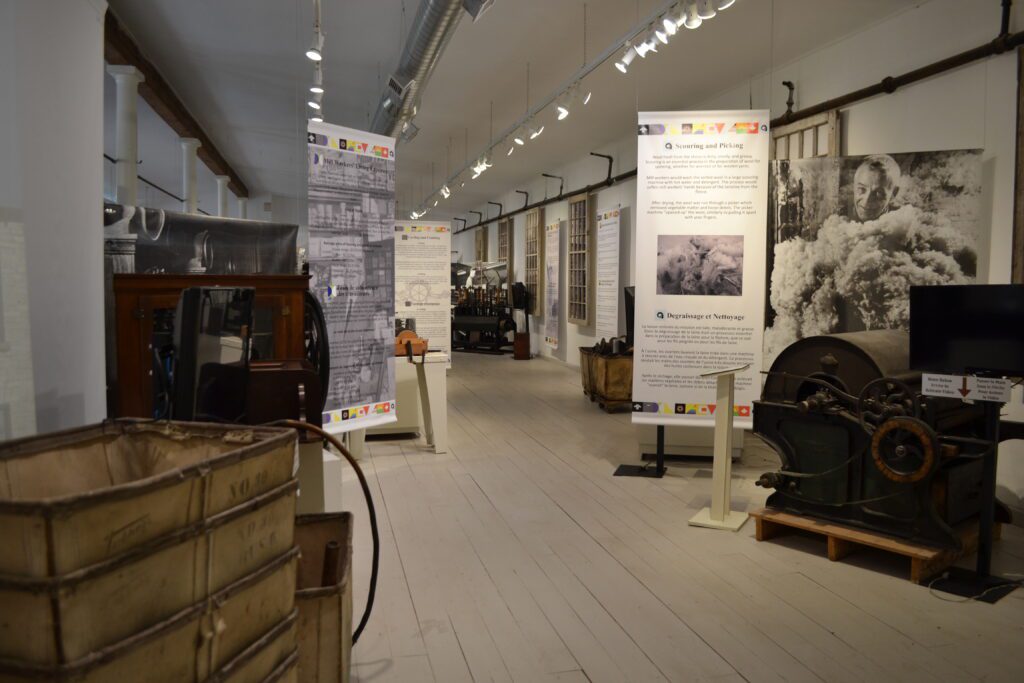
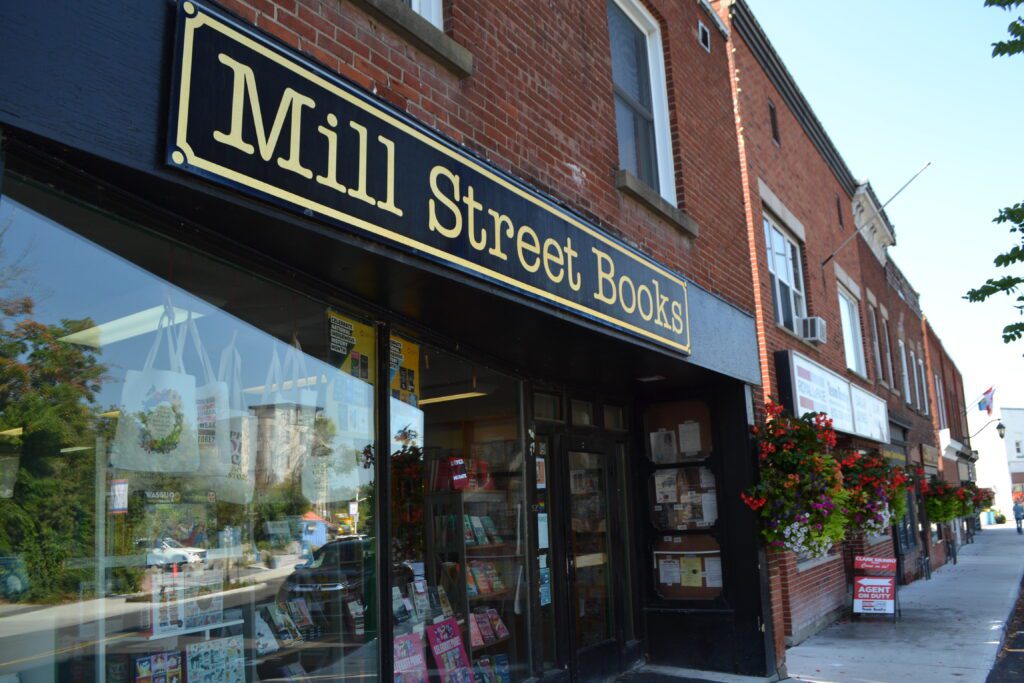
The Mississippi Valley Textile Museum is home to an incredible collection of milling artifacts and exhibits that demonstrate the local labour industry that once thrived in Almonte. The building, constructed in 1867, is located in the annex of the former Rosamond Woolen Company, where James Rosamond Sr. and his family operated their woolen operation until 1944. By 1951, under new ownership, the Rosamond Mill began to slow down, and by the next year it had become “idle.”
Richard Burkhart eventually purchased the property in 1987, turning the central processing building into residential condominiums. Three years later, the mill was granted status as a National Historic Site of Canada and in 1991, the Mississippi Valley Textile Museum was opened to the public.
Mill Street Books has been a staple in Almonte since 1997. Ann Shea is the current owner of the business and purchased it in late 2020 after retiring from her career as an engineer in Montreal, Québec. The building, which dates back to the early 1900s, was at one point a general store and has had three different owners since transforming into a bookstore. With several releases to choose from and a wide selection of other bookish items, Mill Street Books is definitely worth the visit.
Almonte is a charming town with a fascinatingly unique history. The streets are dotted with several wonderful shops and restaurants to make your way through during your visit to this lovely village.
A big thank you to Laila Hack and Michael Rikley-Lancaster for providing me with more information about the Mississippi Valley Textile Museum and the woolen industry in Almonte, and Ann Shea for providing me with more information about her business.




